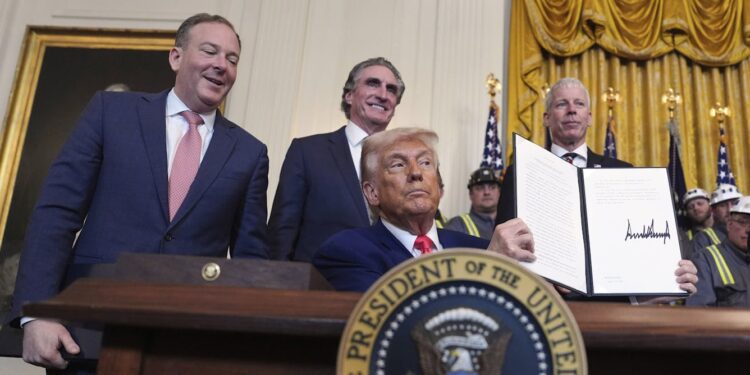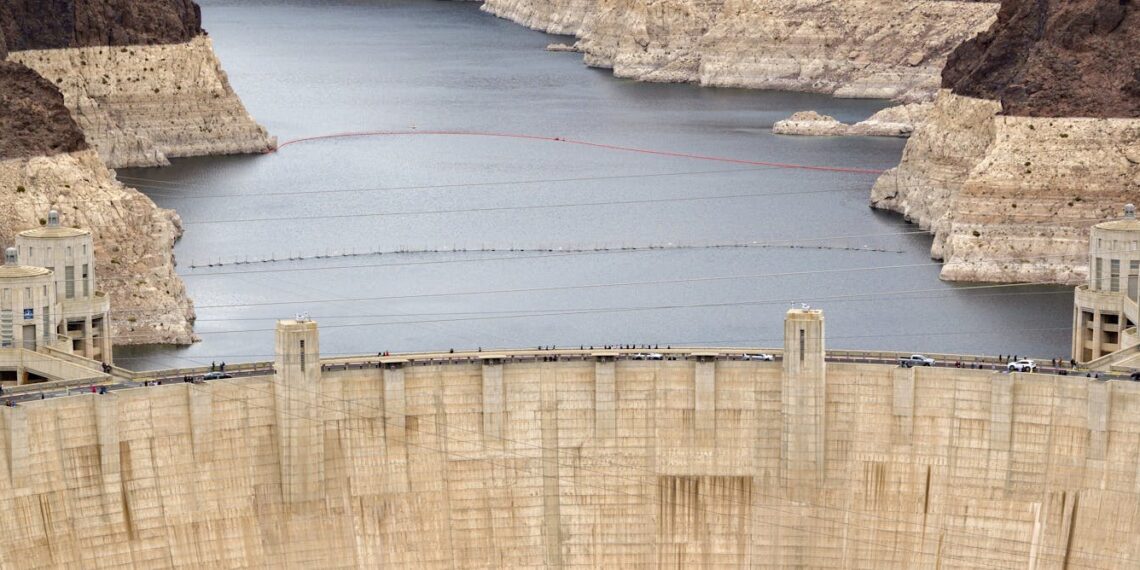Login to Continue Learning
#### The First Trump Administration and the ‘Science Transparency’ Rule
The first time Donald Trump was president, the U.S. Environmental Protection Agency (EPA) developed a regulation known as the “science transparency” rule in January 2021. The administration called it the “secret science” rule.
“Transparency” sounds positive, but this rule prevented the EPA from using some of the best available science to protect human health. For instance, it required the EPA to ignore or downplay studies that established links between exposure to chemicals and health damage if those studies were based on confidential patient information. Many health studies rely on such confidential data.
A U.S. District Court struck down the rule on procedural grounds shortly after its issuance but the idea is now back. Trump’s executive order “Restoring Gold Standard Science” of May 23, 2025, resurrects many features of the EPA’s vacated rule and applies them to all federal agencies.
#### What’s Wrong with Transparency and Reproducibility?
“Transparency” implies scientists should adequately explain their work, including hypotheses, methods, results, and conclusions. “Data transparency,” or reproducibility, is an expectation that scientists share all data so others can recalculate the results.
Trump’s executive order focuses on reproducibility but may overlook errors in original studies. Replicability, ensuring consistent findings from different sources, is more crucial for scientific rigor. Replicability doesn’t require releasing confidential health data; it looks for consistency across different data and methods.
#### The First Trump Administration’s Attempts to Limit Science
The science transparency rule was intended to limit the EPA’s ability to consider epidemiologic studies that established harms from exposure to secondhand smoke or PM2.5, fine particles often from pollution. Many large-scale health studies use personal data collected with strict privacy protocols. Preventing policymakers from considering these findings means crucial evidence about health risks is ignored.
These tactics echo those used by the tobacco industry from the 1960s into the 1990s to deny that smoking harmed human health.
#### Emphasizing Uncertainty
The new executive order also emphasizes “uncertainty.” In the first Trump administration, EPA administrator Andrew Wheeler and his hand-picked science advisers focused on uncertainty in epidemiological studies used for air quality standards. The EPA’s scientific integrity policy requires policymakers not to misrepresent or downplay uncertainties associated with decisions.
However, Wheeler stated that limitations in the science led to considerable uncertainty in justifying not lowering the PM2.5 standard. An independent group of scientific experts reviewed the same evidence and found clear support for a more stringent standard.
#### Skepticism vs Denial
The executive order also requires skepticism of findings and assumptions. A true skeptic can be swayed by new evidence, whereas a denialist holds fixed views regardless of evidence. The first Trump administration stacked the EPA Clean Air Scientific Advisory Committee with opponents of environmental regulation, amplifying uncertainties and shifting burdens of proof.
#### Who Decides When Politics Trumps Science
According to Trump, “violations” of his executive order will be determined by a senior appointee designated by the agency head—effectively a political appointee accountable to the White House. Thus, science in each federal agency will be politicized.
The request for correction process is intended to correct errors, not bias assessments favoring industry and delaying protective actions.
#### The Bottom Line on Trump’s ‘Gold Standard’
While the language of the executive order may seem innocuous, it risks undermining unbiased science in all federal agencies. Setting impossible bars for transparency can ignore relevant scientific studies, overemphasizing uncertainties can undermine robust findings, and a politicized process could punish employees or ignore peer reviewers.
Thus, this executive order could deprive the public of accurate information regarding chemicals in the environment, hindering evidence-based policies necessary for human health protection rather than advancing the best available science.



















